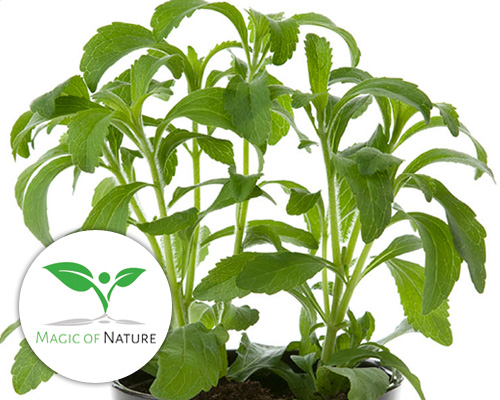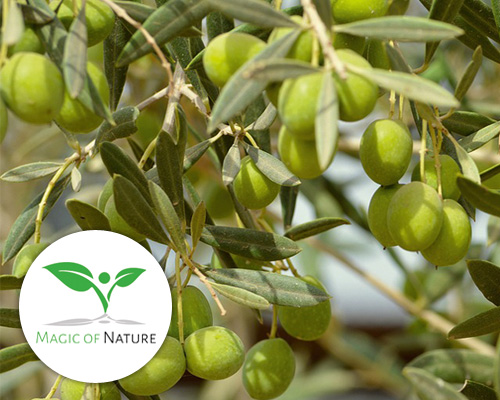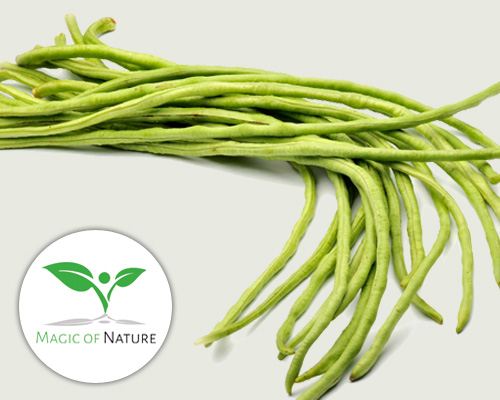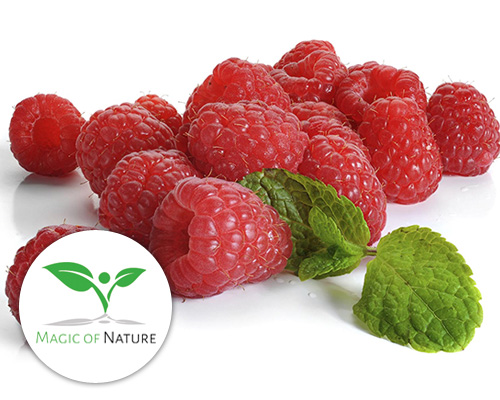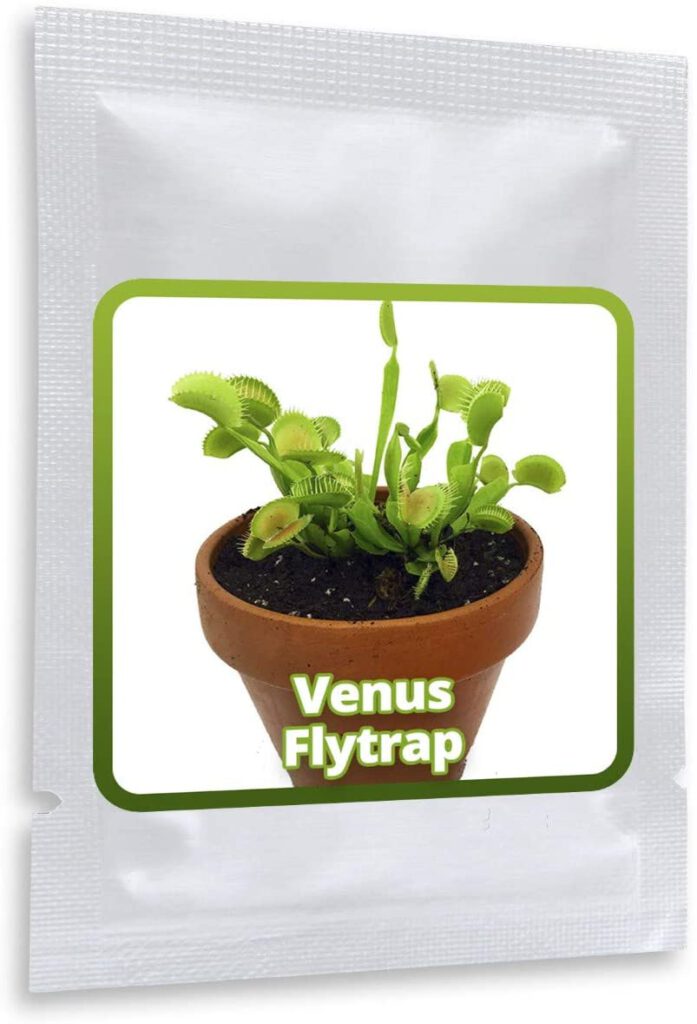
30 pcs Venus Flytrap Seeds
- Although Venus Fly Traps have been successfully introduced in many places in the world, there original native range is very small. Venus Fly Traps were originally only found within a 100 mile radius of the town of Wilmington, North Carolina.
- They require a lot of sunlight (around four hours at least a day) and they also require distilled/purified water. They’re ideally planted in peat, sphagnum moss or other low nutrient soils.
- Each insect that the a Venus fly trap catches and digests is like a little piece of fertilizer for the plant, giving it a small boost of nutrients to promote growth.
- growing indoors is possible all year round
Growing instructions
Product description
The Venus flytrap is an extraordinary carnivorous plant of the Sundew plant family (Droseraceae). This species, which only occurs in a very limited area in the USA, was first documented in 1768.Its fast moving trap, similar to snares, is quite remarkable. When triggered, the Venus flytrap can quickly shut its complex trap to catch insects (primarily flies and ants) and spiders. The more its victims try to defend themselves and move, the more they activate the plant’s carnivorous instincts. With a duration of up to 100 milliseconds, the catch mechanism is one of the fastest known movements in the plant kingdom.
Conventional fertilizer, generally used for most garden and indoor plants, is unsuitable for Dionaea muscipula. The plant derives its nutrients exclusively from its live prey. The plant is quite choosy, however, and thoroughly inspects eat catch. In general, the Venus flytrap is not meant to be fed by human hands, as it catches its own food in sufficient quantity. However, anyone who wishes to experience the breathtaking process can feed this carnivore himself.
Sowing:
Cultivation and sowing of the Dionaea muscipula is very simple and can be done in home all year round. Even beginners generally have no problem with this type.
The seeds are spread on top of, not worked into, well moistened potting soil made up of 2/3 peat and 1/3 sand. As light germinators, the seeds require sun light from the start. It is best to cover the cultivation container with glass or foil. This will help avoid surface drying while creating an ideal humid climate. Until germination, the soil must not dry out. It is best to supplement evaporation loss with a spray bottle. Ideal for germination are temperatures above 20°C. The seeds should begin to germinate after about 20 days. Older seeds need longer or do not germinate at all.
Irrigation (important): Only spray the seeds with rain water or distilled water. Do not use tap water as it contains minerals and salts that are harmful to the plant.
Please note:
This is a natural product. Therefore, we do not guarantee a sprout or germ for seeds since the conditions under which sowing by the customer is made can not be assessed or influenced by us.
Frequently bought together:


